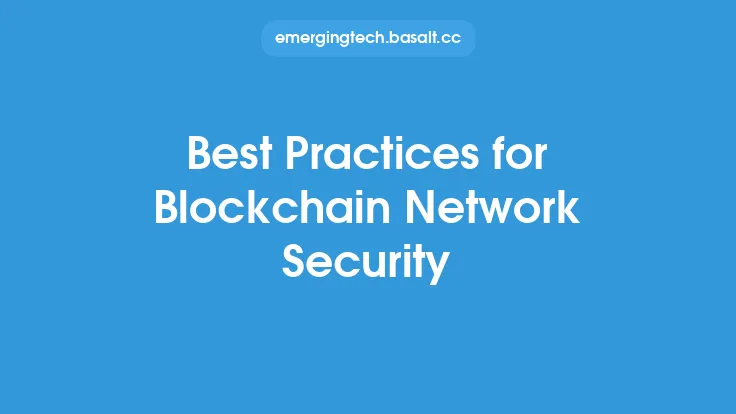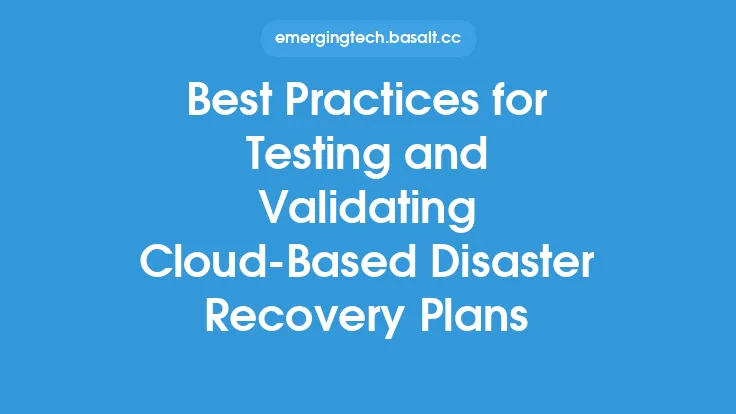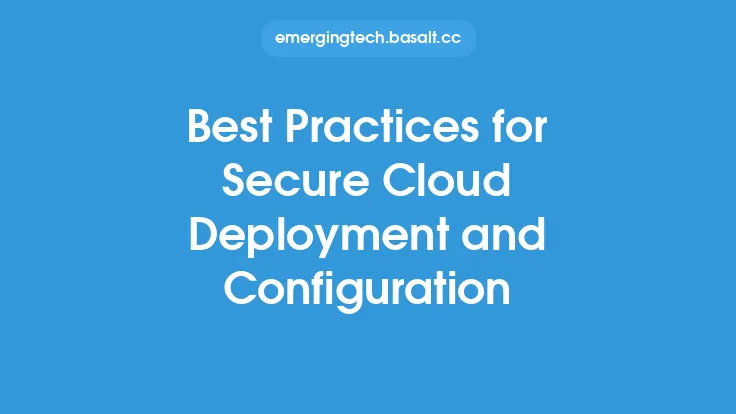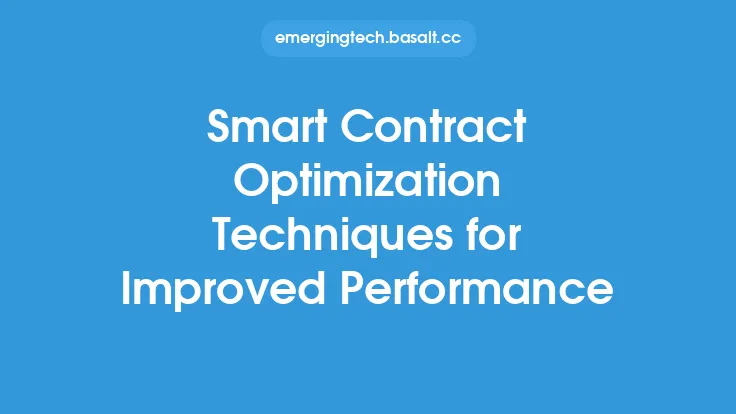When it comes to smart contract development, testing and deployment are crucial steps that ensure the contract functions as intended and is free from errors. Smart contracts are self-executing contracts with the terms of the agreement written directly into lines of code, and they are a fundamental component of blockchain technology. The process of testing and deploying smart contracts requires careful consideration and adherence to best practices to guarantee the security, reliability, and performance of the contract.
Understanding the Importance of Testing
Testing is a critical phase in the development of smart contracts. It involves verifying that the contract behaves as expected under various scenarios and inputs. The primary goal of testing is to identify and fix bugs, errors, and vulnerabilities that could lead to unintended behavior, financial losses, or security breaches. There are several types of testing that should be performed on smart contracts, including unit testing, integration testing, and functional testing. Unit testing focuses on individual components or functions within the contract, while integration testing examines how these components interact with each other. Functional testing, on the other hand, evaluates the overall functionality of the contract.
Setting Up a Testing Environment
To facilitate thorough testing, developers should set up a suitable testing environment. This environment should mimic the conditions under which the smart contract will operate on the blockchain. Tools such as Truffle, Hardhat, and Remix provide comprehensive testing frameworks that include features like automated testing, debugging, and deployment scripts. These tools can significantly streamline the testing process and help identify issues early on. Additionally, developers can utilize testnets, which are blockchain networks used specifically for testing purposes, to deploy and test their contracts in a real-world-like setting without incurring the costs associated with the mainnet.
Writing Effective Test Cases
Writing effective test cases is essential for ensuring that smart contracts are thoroughly tested. Test cases should cover a wide range of scenarios, including normal operation, edge cases, and potential attack vectors. Developers should consider using testing frameworks that support behavior-driven development (BDD) or property-based testing, as these approaches can help create more comprehensive and robust test suites. It's also important to test for gas efficiency, as high gas costs can make a contract impractical or too expensive to use. Furthermore, testing should not only focus on the functionality of the contract but also on its security aspects, such as access control, data validation, and reentrancy protection.
Deployment Strategies
Once a smart contract has been thoroughly tested, it's ready for deployment. The deployment process involves uploading the contract to the blockchain, which can be done manually or through automated scripts. There are several deployment strategies that developers can employ, depending on their specific needs and the requirements of their contract. For example, some contracts may be deployed directly to the mainnet, while others might be deployed to a sidechain or a layer 2 scaling solution to improve scalability and reduce costs. It's also common for contracts to be deployed in stages, with initial versions being deployed to testnets for further testing before being moved to the mainnet.
Post-Deployment Monitoring and Maintenance
After a smart contract has been deployed, it's crucial to monitor its performance and behavior continuously. This involves tracking key metrics such as gas usage, transaction volumes, and user interactions. Monitoring tools can help identify issues early on, allowing developers to address problems before they escalate. Maintenance is also an ongoing process that includes updating the contract to fix bugs, patch vulnerabilities, or add new features. However, updating a smart contract on the blockchain can be complex and may require significant planning and testing to ensure that changes do not introduce new issues or disrupt existing functionality.
Best Practices for Testing and Deployment
Several best practices can significantly improve the testing and deployment process of smart contracts. First, developers should prioritize security and consider potential vulnerabilities from the outset. This includes following secure coding practices, using established libraries and frameworks, and conducting regular security audits. Second, automated testing should be integral to the development workflow, with tests being run frequently to catch errors early. Third, contracts should be designed with flexibility and upgradability in mind, allowing for easier maintenance and updates post-deployment. Finally, developers should stay informed about the latest developments and best practices in smart contract testing and deployment, as the field is constantly evolving with new tools, techniques, and platforms emerging regularly.
Conclusion
Testing and deploying smart contracts are critical steps in the development process that require careful attention to detail and adherence to best practices. By understanding the importance of testing, setting up a comprehensive testing environment, writing effective test cases, employing strategic deployment approaches, and continuously monitoring and maintaining contracts post-deployment, developers can ensure that their smart contracts are secure, reliable, and performant. As the blockchain and smart contract ecosystem continues to grow and mature, following these guidelines will be essential for building trust and confidence in the technology and for realizing its full potential.





